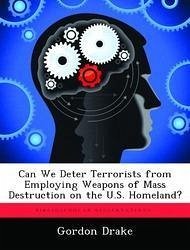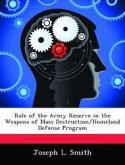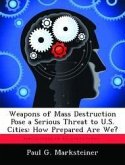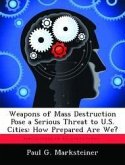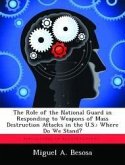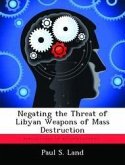Information discovered as a result of the current war on terrorism suggests a terrorist-led attack on the U.S. homeland involving weapons of mass destruction (WMD) remains a very real possibility. Some believe the U.S. faces its greatest WMD threat since the 1962 Cuban missile crisis, but many discount the effect deterrence can have on terrorist groups. Deterrence, however, is an attractive option in that the costs to implement a deterrence-based strategy are minimal when compared to defending the entire homeland or defeating all elements of a threatening terrorist organization. Little research, however, has been done to evaluate the effectiveness deterrence can have on a group bent on harming the U.S. with WMD. This paper attempts to fill this void in the literature by exploring the contributions deterrent strategies can have on a terrorist group who may have the capability and/or intent to launch a WMD attack on America. A four-step model comprising 1) Screening, 2) Analyzing, 3) Strategizing, and 4) Monitoring is developed to serve as a framework for policymakers in determining how to allocate resources and effort among deter, defend, and defeat strategies. At each step, the model uses predictive organizational and self-examination factors to highlight the adversary's vulnerabilities and outline potential deterrent strategies. It is then tested against al Qaeda, the terrorist organization presently posing the most likely WMD threat to the U.S. homeland, in order to demonstrate its utility. The paper concludes with significant findings and recommendations for action.

